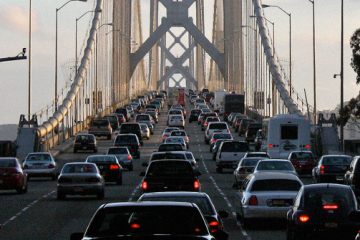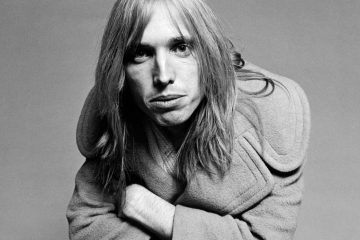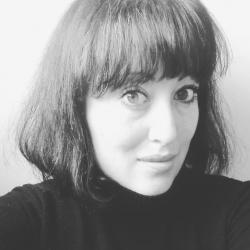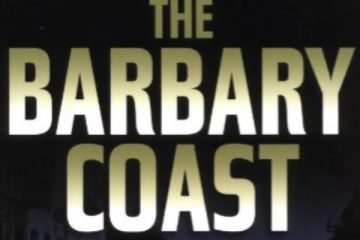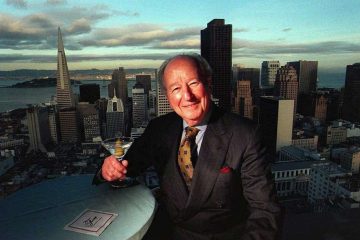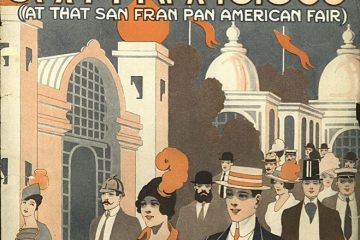SFCentric History: When Frida Kahlo and Diego Rivera Created in San Francisco
San Francisco is an old, iron safe filled with gold, glory, disaster, and secrets. SFCentric History is a column, by SF writer V. Alexandra de F. Szoenyi, that digs in the vaults of local history and shares the sensational people, places, and things that rocked San Francisco.
Frida Kahlo and Diego Rivera traveled the world creating art, all the while living an intense romance. Twice–first in 1930, and then in 1940–Kahlo and Rivera lived in San Francisco, where they painted, creating known works of art that can still be seen in the city today. This week’s edition of SFCentric History takes a look at the times the husband and wife duo called SF home.
1930/1931
Photo: September 23, 1930 Madera Tribune, via CDNC
Kahlo and Rivera first arrived in San Francisco on November 10, 1930. Rivera had been invited by both William Gerstle, president of the San Francisco Art Institute, and architect Timothy Pflueger, to paint murals. Diego, although acknowledged as a great artist, wasn’t necessarily welcomed to San Francisco with open arms. Many local creators felt he was unfit to paint a mural at the stock exchange because of his Communist beliefs. Rivera, however, denied being a Communist. During this first stay in the city, the couple stayed at artist Ralph Stackpole’s studio at 716 Montgomery Street, in the art neighborhood.
Diego
Photo: (At Montgomery St.) Peter A. Juley & Son/Paul Juley, via Smithsonian Art Museum Photo Archives Catalog
Photo: Allegory of California
Allegory (or Riches) of California is the first fresco that Diego Rivera painted in San Francisco, and in the U.S. Commissioned by Pflueger, and created for the Luncheon Club of the Pacific Coast Stock Exchange (in what is now The City Club), it illustrated the many things that Rivera felt that represented California. There is Califia, the mythical black queen that California is named after, modeled by tennis star Helen Wills Moody (who Diego had an affair with). Also included is botanist, horticulturist, and agricultural science pioneer Luther Burbank, as well as James Marshall of Gold Rush fame. In this work, nature and industry, youth and history coexist. Rivera even included Ralph Stackpole’s son in the piece, holding a plane and representing the local aviation industry. Allegory was completed in 1931.
Photo: February 5, 1931 Healdsburg Tribune, Enterprise and Scimitar, via CDNC
The Making of a Fresco Showing the Building of a City was the second fresco painted by Diego Rivera in San Francisco. It was commissioned for the California School of the Fine Arts (today’s San Francisco Art Institute) by school president William Gerstle. Completed in one month (May 1931), the mural shows both the making of a fresco, and the making of a city, with a variety of workers involved in the process. The working class worker is enormous, and Diego is facing him in reverence, with his backside to the audience. Some in San Francisco took offensive to the prominence of Rivera’s behind in the painting, but the artist made it known in his autobiography, My Art, My Life, that wasn’t his intent:
“Since I was facing and leaning toward my work, the portrait of myself was a rear view with my buttocks protruding over the edge of the scaffold. Some persons took this as a deliberate expression of contempt for my American hosts and raised a clamor. However, I insisted that my painting meant nothing else than what it pictured. I would never think of insulting the people of a city I had come to love and in which I had been continuously happy.”
Photo: WikiArt
Frida
While Diego was painting Allegory and The Making of a Fresco, Frida also created. According to SFMOMA, while in SF, “her style moved from a broad, mural-like handling to a folkloric mode based on nineteenth-century Mexican portraiture. The pictures (mostly portraits) that Kahlo painted in San Francisco reveal her interest in nineteenth-century Mexican folk portraiture and popular art.” During this time, she paints Frieda and Diego Rivera, a double portrait representing the couple’s wedding. In it, she is small and reserved, most likely representing her position at the time of being the lesser-known artist, who mostly played wife to the master painter. The painting was shown at the “Sixth Annual Exhibition of the San Francisco Society of Women Artists,” which was the first public showing of her work.
Photo: © 2008 Banco de México, Trustee of the Diego Rivera & Frida Kahlo Museums Trust, via California Literary Review
That same year, Kahlo also painted her doctor and friend Dr. Leo Eloesser (Portrait of Dr. Leo Eloesser), as well as Luther Burbank for Portrait of Luther Burbank. The latter’s marked the first time that Kahlo moved away from a straightforward depiction of her work. Burbank is painted as half man and half tree, which could have been influenced by Surrealism in San Francisco art at the time.
Photo: Frida Kahlo
Photo: Frida Kahlo
When Kahlo wasn’t painting, she would spend her free time riding the trolleys and visiting Chinatown, which she described in a letter to a friend as “especially fantastic.” Biographer Hayden Herrera, described her as “wander[ing] through Chinatown looking for Oriental silks with which to make long skirts.” She found the Chinese children to be “beautiful.” “[I]t did make sense to come here,” Frida mentions in the same letter, “because it opened my eyes and I have seen an enormous number of new and beautiful things.”
Although Frida was evolving as an artist, and was married to a major creator, she wasn’t the type to let any of that go to her head. Artist Lucille Blanch recalled that the artist “was very critical if she thought something was pretentious, and often laughed at San Franciscans.” Kahlo returned to Mexico in May of 1931, followed by Diego in June.
1940
In 1940, Diego and Frida were back in the city, this time staying at 42 Calhoun Terrace on Telegraph Hill.
Photo: March 1941 San Francisco Life, via SF Museum
Diego
Rivera’s third mural for San Francisco Pan American Unity/The Marriage of the Artistic Expression of the North and of the South on this Continent. It was completed in 1940, as part of the Art in Action exhibit at the Golden Gate National Exposition. Attendees were able to see various artists at work at the Palace of Fine Arts, including Diego.
The work, like other paintings by Rivera, was the melding of two worlds, North and South, old and new. For example, George Washington shares space with Nezahualcoyotl. “American art has to be the result of a conjunction between the creative mechanism of the North and the creative power of the South coming from the traditional deep-rooted Southern Indian forms,” he said the year this mural was completed.
Photo: DiegoRivera.org
In August of 1940, Kay Lawlor of the Sausalito News was able to meet Diego Rivera at “Art in Action.” “I found Mr. Rivera a very interesting and affable person,” Lawlor recounted in the Celebrities section of the paper. “He told me that his painting (45 by 20 feet in size) represents the need for the union of the two Americas, North, and South.” In January of 1941, the fresco was accepted by San Francisco Arts Commission and placed in the library of the new Junior College, (now City College).
Frida: In September 1940, Frida travels to San Francisco to be treated by Dr. Eloesser. While in the city, she exhibits her art at “Contemporary Mexican Painting and Graphic Art” show at the Golden Gate National Exposition. That year, Dr. Eloesser convinces the pair to reconcile, and on December 8, 1940, Diego’s birthday, the two artists were remarried in SF.
Frida would leave San Francisco before the end of 1940. Diego departed February 1941. Their art, their influence, and their spirit, however, would remain in the city, coloring it so vibrantly.














